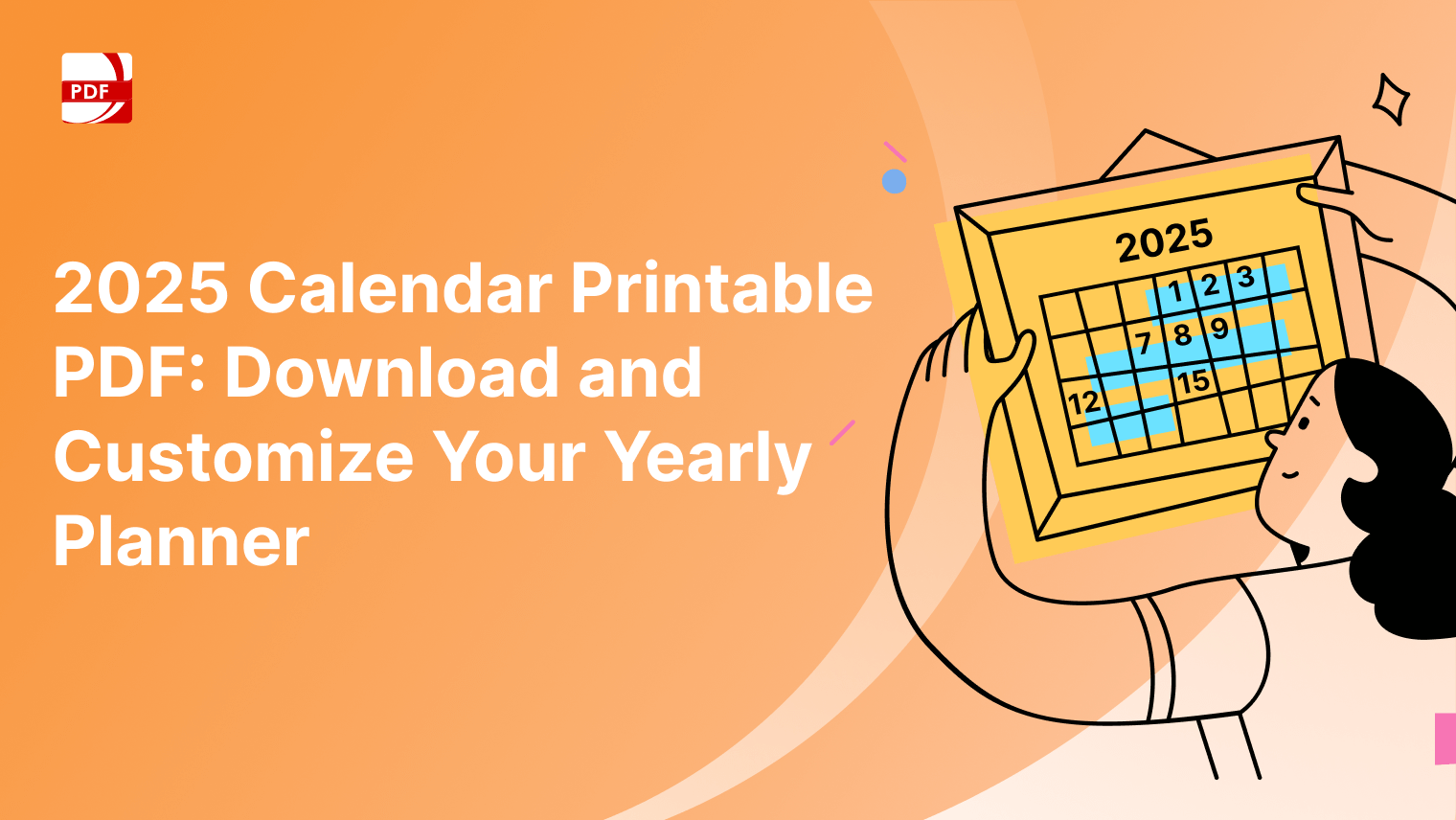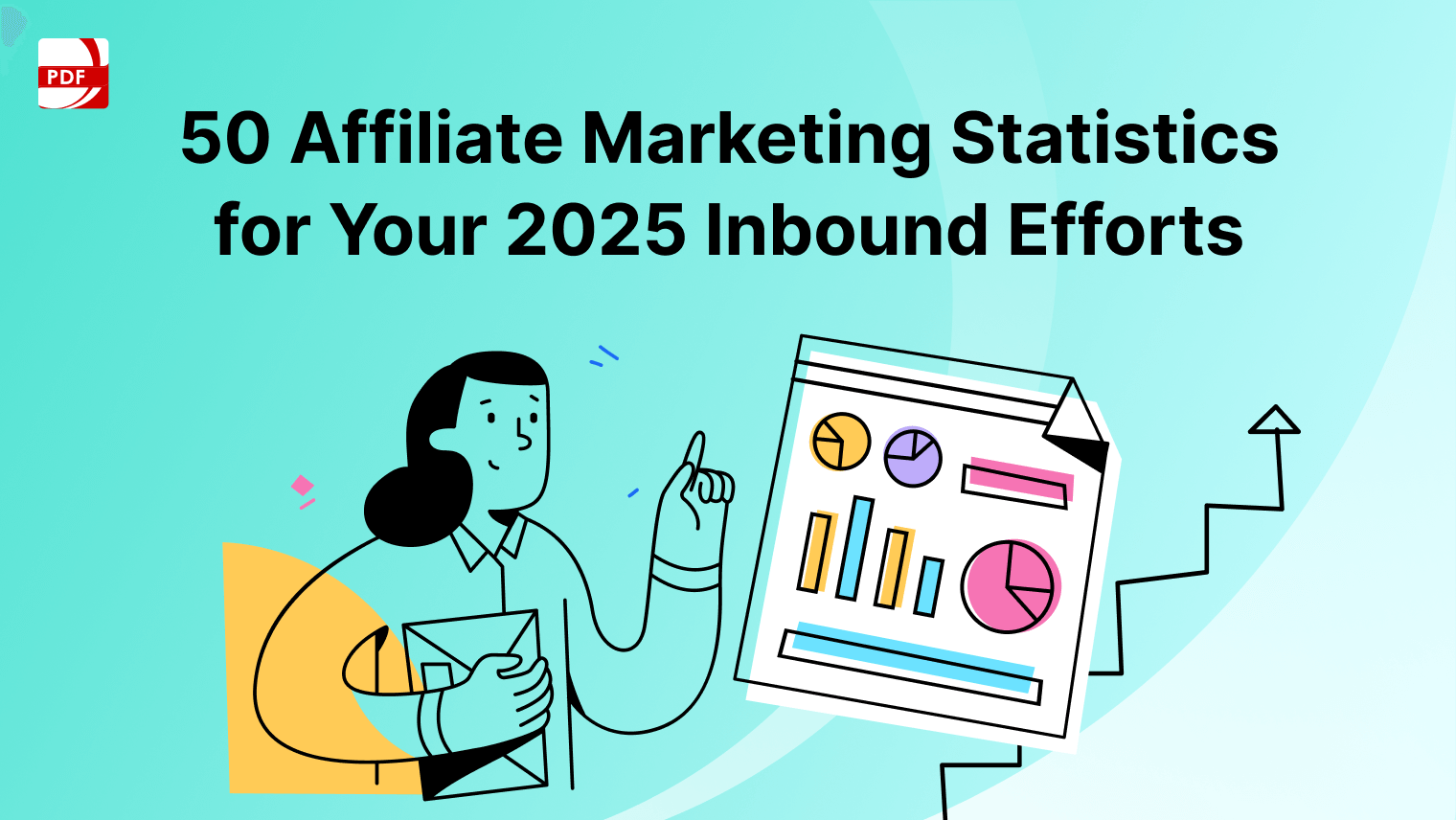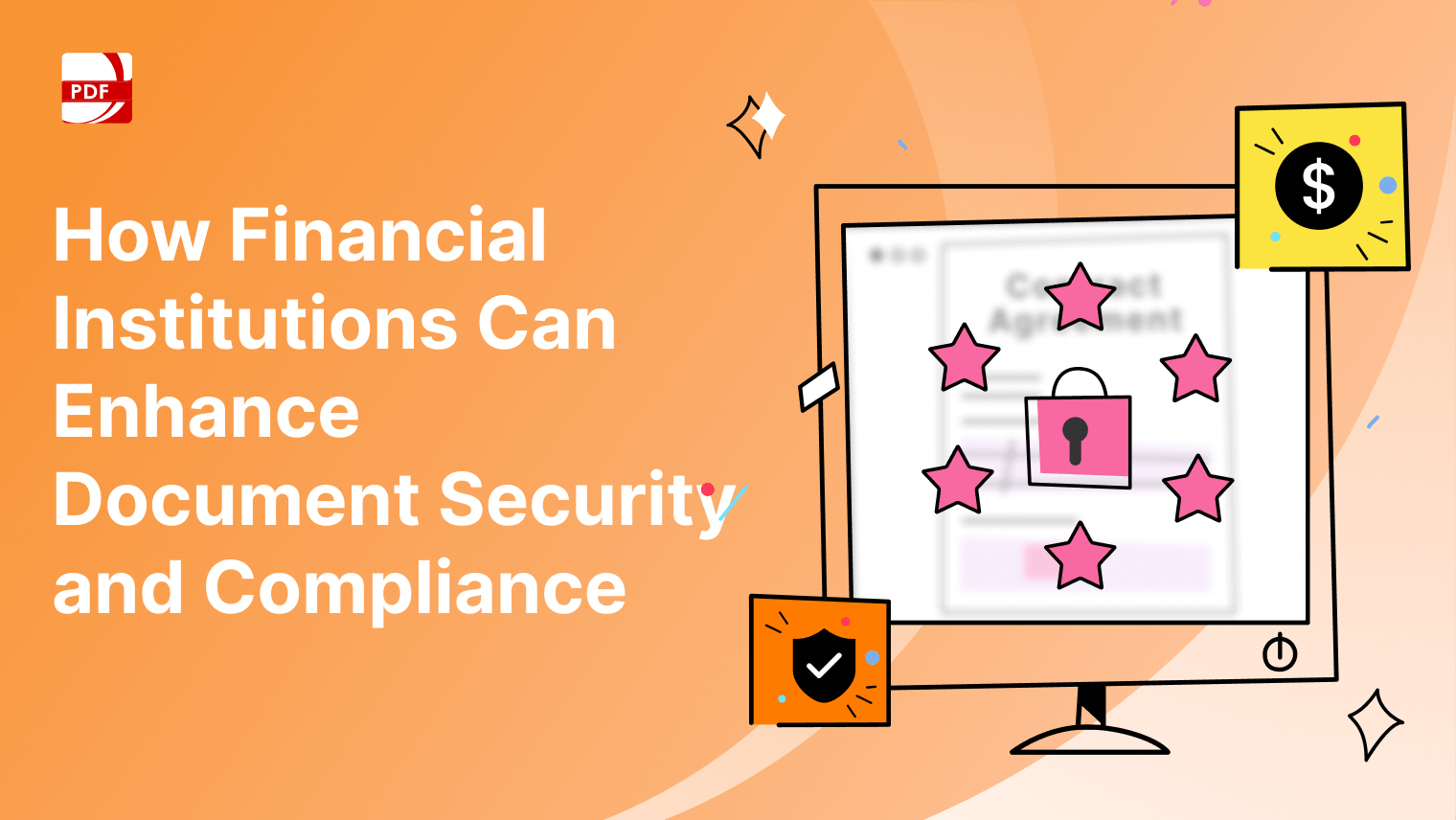Grant writing for non-profits often presents a formidable challenge for organizations dedicated to making a difference without the means to navigate complex funding landscapes. This essential practice, however, can transform from an uphill battle to a pathway to abundant resources with the right approach and tools.
Find out how a sample proposal revolutionized grant writing for a community-focused non-profit, and learn how adopting similar strategies can elevate your organization's funding efforts. Whether you're an aspiring grant writer or looking to refine your skills through grant writing courses and certification, this case study will provide valuable insights and set you on a course for success.
The Non-Profit's Initial Challenges
Our case study revolves around a youth-centered non-profit that, despite its significant impact on the community, struggled to secure the necessary funds to sustain and grow its programs. Initially, the organization's approach to grant writing was ad hoc and unsystematic. With each funding opportunity, a different team member would take the lead, resulting in proposals that lacked a unified voice and clear structure.
The repercussions of this approach were felt deeply: proposals often missed the mark in articulating the organization's vision and the urgency of their needs, leading to a disappointing grant acquisition track record. As a result, programs were underfunded, and staff morale was low, hampering the organization's ability to fulfill its mission effectively.
Their initial challenges highlight a common thread among many non-profits—a compelling mission hamstrung by the daunting complexity of grant writing. This realization led the organization to seek out better grant-writing examples and explore grant-writing templates that could pave the way for a more streamlined and successful process.
Image Source: pixabay
The Power of a Sample Proposal
To combat the inconsistency and inefficiency plaguing their efforts, the non-profit leaders decided to leverage a high-impact tool in the realm of grant writing—a sample proposal. This decision came after scrutinizing various grant writing examples that had yielded successful outcomes for similar organizations.
The sample proposal, once customized, became an invaluable asset, serving as a guiding star for the organization's grant writing endeavors. Through this lens, staff could see what grant writing for non-profits should encompass: clear objectives, a well-detailed budget, solid evidence of impact, and, most importantly, a persuasive narrative that resonates with potential funders.
Integrating a sample proposal catalyzed an organizational shift towards more strategic, well-thought-out submissions. The non-profit's staff leveraged the sample to learn and apply industry best practices, which included the art of storytelling, aligning with funders' priorities, and presenting data in a compelling manner. The benefits of this approach were numerous, setting a precedent for quality and consistency in all future grant applications.
Streamlining With a Sample Proposal – A Step-by-Step Guide
Embracing the grant writing template involved a three-step process that was facilitated by merging conventional wisdom with innovative technology through the use of PDF Reader Pro:
Step 1: Analyzing and Customizing the Sample Proposal
The groundwork began by meticulously dissecting grant writing examples that had proven successful. Each component was explored to understand what contributed to an impactful proposal. The next stage involved customizing these insights to embody the non-profit's unique story, ensuring that their identity remained intact within the sample's proven structure.
During this process, PDF Reader Pro emerged as an indispensable tool. Its user-friendly interface allowed the team to easily annotate and comment on the sample proposals digitally, fostering collaboration and collective input. The software's edit function enabled the non-profit staff to move seamlessly between analyzing samples and tailoring them to their needs, ensuring that no detail was lost in translation.
Step 2: Building a Grant Writing Framework
PDF Reader Pro's role became even more prominent as the non-profit transitioned to using the template as the backbone of their entire grant writing framework. The well-designed proposals, now enriched with the organization's tailored content, were conveniently stored and managed within the software. Staff could access and reference these documents at any stage, guaranteeing consistency across all future applications.
Moreover, for a non-profit to thrive in grant writing, ongoing learning is key. Subscribing to grant writing courses and introducing formal certification programs for the team were part of the strategy, and PDF Reader Pro provided the perfect platform to store and review educational materials and resources. The ability to highlight key learning points and share notes directly on PDF files facilitated a richer learning experience for the staff.
Step 3: Training and Team Alignment
Consistency and proficiency in using the new grant writing template were achieved through comprehensive training sessions, which were revolutionized by the digital collaboration tools offered by PDF Reader Pro. Organizational-wide workshops saw team members annotate, discuss, and refine proposals, building a strong foundation of shared knowledge and ownership of the grant writing process.
The training also included proficiency in PDF Reader Pro, which extended beyond basic document viewing. The team learned to take advantage of features like document scanning, conversion, form filling, and signature collection, all within the app. These capabilities streamlined the preparation and submission of applications, making the grant writing process faster and more efficient.
Achieving Remarkable Outcome
Acknowledging the new approach's qualitative benefits, the organization also established metrics to quantitatively measure success. Within the first year of implementing the sample proposal-driven process, the non-profit observed a dramatic increase in grant submissions—without sacrificing quality. More notably, there was a 40% uptick in funding secured, a testament to the improved effectiveness of their applications.
Feedback from funders highlighted the clarity, detail, and persuasiveness of the new proposals. Internally, staff reported greater confidence and a shared sense of accomplishment in their grant writing efforts, underscored by enhanced collaboration and a collective focus on success.
Conclusion
In conclusion, this case study illustrates the profound impact a sample proposal can have on a non-profit's grant writing endeavors. As non-profits navigate through numerous funding applications, a compelling, structured proposal is a non-negotiable asset. For those inspired to harness their grant writing abilities, exploring grant writing certification, engaging in grant writing courses, or directly diving into available grant writing jobs could be excellent next steps.
For an enhanced experience when assembling your grant proposals, consider downloading PDF Reader Pro. Its robust functionality aids in creating, editing, and sharing documents, streamlining your workflow even further. Click here to revolutionize your grant writing process with PDF Reader Pro.


